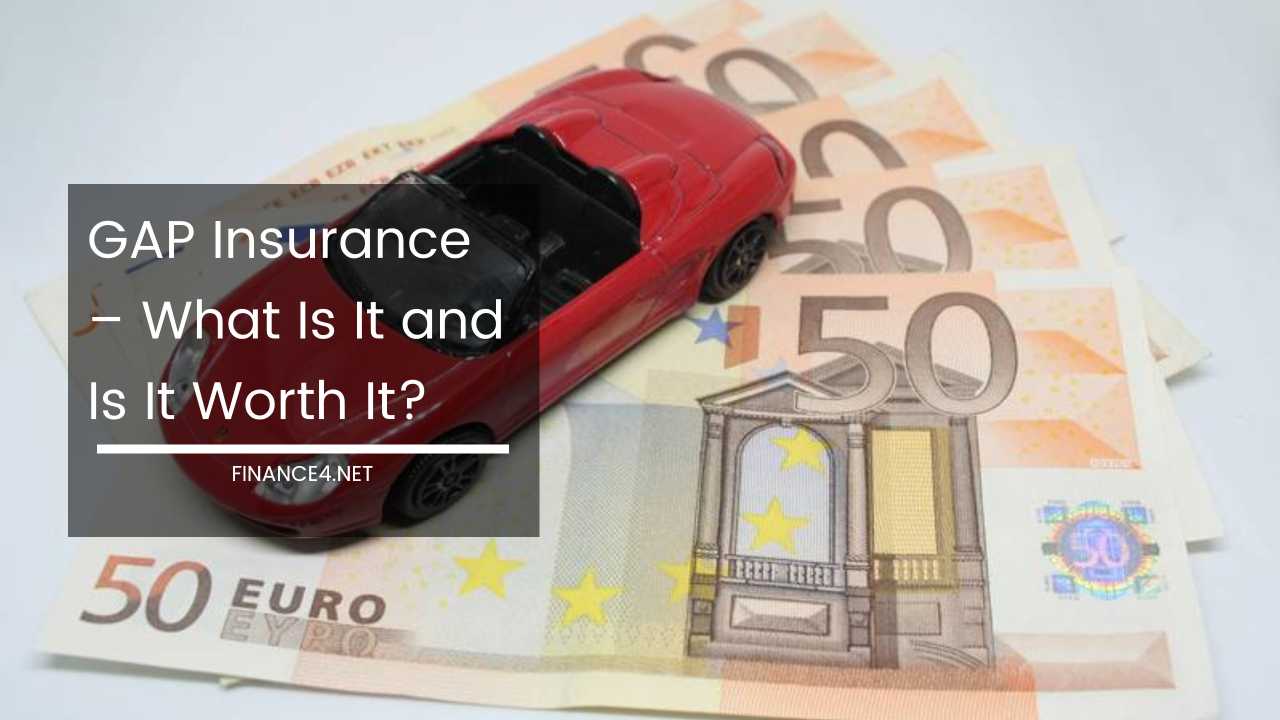GAP Insurance – What Is It and Is It Worth It?

The Sting of Depreciation and the Buffer of GAP Insurance
Imagine the excitement of driving off the lot in your brand new car, a gleaming symbol of accomplishment. However, unlike a fine wine, cars don’t appreciate with age.
Their value steadily declines due to depreciation, a natural process reflecting wear and tear, technological advancements, and market fluctuations.
Standard car insurance policies factor in depreciation when calculating payouts for stolen or totaled vehicles. This means you might receive less money than you originally paid, leaving you with a significant financial gap.
GAP insurance, also known as depreciation insurance, steps in to bridge this gap. It acts as a safety net, ensuring you receive closer to the original value of your car in the event of a total loss.
This financial buffer can be a lifesaver, preventing you from being stuck owing money on a car that’s gone.
Understanding GAP Insurance: A Breakdown in Action
Let’s illustrate this concept with a real-world scenario:
- You purchase a brand new car for $25,000.
- After four years, it’s unfortunately involved in a collision and declared totaled.
- Considering depreciation, your standard insurance might offer you $18,000.
- That’s a substantial $7,000 gap between what you paid and what you’re reimbursed.
Here’s where GAP insurance comes to the rescue. It covers the difference between your standard insurance payout and the original purchase price. In this case, GAP insurance would provide you with the remaining $7,000, bringing your total reimbursement closer to $25,000, the amount you initially invested.
Beyond the Basics: A Look at Different GAP Coverage Options
Not all GAP insurance is created equal. There are various types, each tailored to address specific situations:
-
Return to Value (RTV): This is the most common and versatile option. It covers the difference between your standard insurance payout and the original value you paid for the car, regardless of how you purchased it (dealer, private sale) or how you financed it (cash, loan).
-
Return to Invoice (RTI): Similar to RTV, but with some limitations. This coverage typically applies if you bought the car new from a dealer and purchased the GAP policy within a specific timeframe (often 30-90 days). In this case, you’d be reimbursed for the original invoice price of the car, which might be slightly higher than the negotiated purchase price.
-
Finance Shortfall: This GAP coverage is crucial if you have a car loan. It specifically addresses the gap between the remaining loan balance and your standard insurance payout in the event of a total loss. This ensures you’re not stuck owing money on a car you can no longer drive.
-
Vehicle Replacement Cover (VRC): Also known as New Car Replacement GAP, this option goes a step further than just financial reimbursement. It helps you replace your totaled car with a brand new model of the same type. The insurer pays the difference between your standard insurance payout and the current market price of a new car, even if it’s higher than the original purchase price. However, this coverage usually requires your car to be new and you to be the first owner when the policy started.
Making an Informed Decision: Is GAP Insurance Worthwhile?
The decision to purchase GAP insurance hinges on several factors specific to your financial situation and the car itself. Here are some key considerations to help you decide:
-
Cost of GAP Insurance: GAP premiums are typically a small percentage (around 2-4%) of your car’s value, making it a relatively affordable way to add significant financial protection.
-
Car Value: For expensive cars, the potential financial loss from depreciation is significant. GAP insurance offers peace of mind, knowing you won’t be left with a substantial debt if your car is totaled.
-
Loan Terms: If you have a car loan with a high remaining balance, finance shortfall coverage within GAP ensures you’re not responsible for paying off a loan for a car you no longer have.
-
Driving Habits: If you’re a high-risk driver with a higher chance of being in an accident, GAP insurance could be a wise investment to minimize the financial burden of a total loss.
Additional Considerations for a Smart Decision
-
Length of Ownership: GAP insurance is most beneficial in the early years of car ownership when depreciation is at its peak. As your car ages, the gap between its value and what you owe narrows, making GAP less necessary. Consider dropping GAP coverage after a few years if you no longer owe a significant amount on your loan.
-
Standard Insurance Deductible: A higher deductible on your standard policy means a larger out A higher deductible on your standard policy means a larger out-of-pocket expense in case of a claim. GAP insurance can help offset this additional cost if your car is totaled.
-
Manufacturer Warranties: Some new car manufacturers offer GAP coverage as part of their extended warranty packages for a limited period. Check your warranty details thoroughly before purchasing separate GAP insurance.
Alternatives to GAP Insurance: Consider these options before deciding on GAP:
- Increasing Your Comprehensive Coverage Limits: Standard comprehensive coverage typically depreciates the value of your car over time. You might be able to increase your coverage limits to a guaranteed value for a few years, offering some protection against depreciation.
- Saving an Emergency Fund: Building a financial buffer can help cover the gap between your insurance payout and the car’s original value in case of a total loss.
The Final Verdict: Tailoring Your Coverage to Your Needs
There’s no one-size-fits-all answer to whether GAP insurance is right for you. By understanding depreciation, the different types of GAP coverage, and your own financial situation, you can make an informed decision. Here’s a quick guide:
- Highly recommended for: Expensive new cars financed with a loan, high-risk drivers, those with a high deductible.
- Consider if: You plan to keep your car for several years and still owe a significant amount on the loan.
- May not be necessary for: Older cars with low loan balances, low-risk drivers with comprehensive coverage and a low deductible.
Ultimately, the choice is yours. Weigh the cost of GAP insurance against the potential financial security it offers and decide what best suits your needs. Remember, a little planning now can save you a significant amount of money in the unfortunate event of a total loss.



